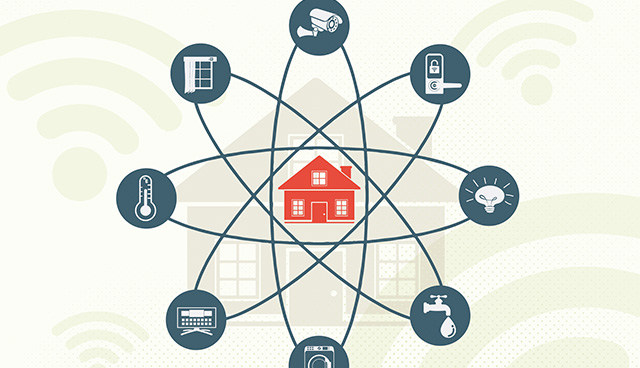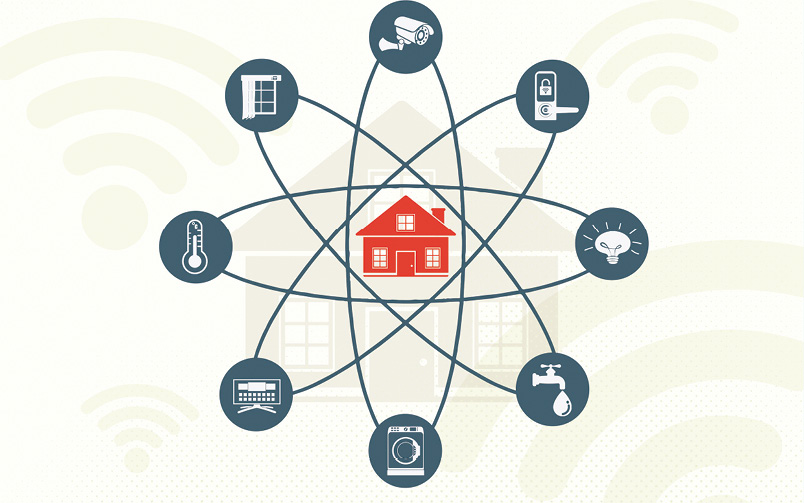The digital utility


Changing customer demands, new products and services and the potential of mass data collection has driven most utilities to embrace digital changes. However, rather than simply utilising digital technology to improve efficiency, today’s utilities require a digital transformation of their organisation and business model.
Customers of utilities are already benefiting from the integration of digital capability in the form of mobile apps for services such as payment, bill notification and information sharing. Greater digital connectivity has already provided for early-stage smart distribution and utilities are recognising the need for forward-planning agility as the pace of new technologies hastens.
However, the extent of the benefits that digital transformation offers is often undervalued. Utilities, so used to operating in the traditional models of energy consumption and distribution, are weary of completely reforming how they do business.
McKinsey and Company, in a report looking at the new opportunities and challenges of the digital utility, argues that these concerns around the limitations of digital transformation are misled. Instead, utilities should base their digital goals on the experience of other industries which are further along their digital journey. Outlining that utilities can plan confidently for transformative enhancements in productivity, reliability, safety, customer experience, compliance and revenue management.
The report states that the opportunities for utilities through digital integration can be classified in three “developmental waves”.
These are:
• improving productivity and efficiency;
• the customer experience; and
• new frontiers.
In the area of efficiency and productivity, it’s estimated that profitability can be boosted from between 20 to 30 per cent through improved operations and increased flexibility. Smart meters and the smart grid, digital productivity improvements for employees and back-office automation are recognised as the main impact areas.
Customer retention and customer satisfaction has never been more prominent for utilities as markets become more competitive. Digitisation has been recognised as a means to boost customer satisfaction, with the added incentive that greater customer communication and flow of data also allows for improved processes through enhanced analytics. Mobile channels are now common for energy suppliers and have been recognised as improving customer interaction and ultimately customer retention. AI and machine learning have presented an even greater opportunity to utilise the larger collection of data.
New frontiers
Digital is also offering utilities the space to widen their business opportunities. McKinsey and Company points to the potential of distributed generation and smart meters to allow utilities to tailor products, “such as demand response programs”, to control their heating and cooling.
The report states: “Utilities are also entering into maintenance contracts that provide distributed facilities with improved service based on data analytics. Eventually, the utilities could own the distributed facilities and sell optimised hours to facility operators and other customers. In such models, the combination of customer proximity, technological competence, and digital capabilities becomes a powerful competitive advantage.”
Energy efficiency through data collection is also more accessible for all utilities. Where previously large industry deployed costly and labour-intensive data collection to drive efficiencies, this data is now more easily available thanks to smart metering. This has opened up the potential for partnerships across the energy sector.
Further than the energy sector, utilities are recognising the importance of AI. As smart homes, connected building and smart cities gain traction, utilities are acting as partners to implement sensing technology and machine-learning, allowing for the creation of self-learning buildings.
The above highlights some of the known potential of digital transformation but also indicates that utilities cannot approach a transformation half-heartedly. Given the large asset costs associated with utilities, traditional business models have mostly centred around long-term strategies, driven by high-levels of investment and the framework of regulation. However, the pace of new technology will require a culture shift, meaning utilities will need to be more agile to benefit from these changes.
The McKinsey and Company report echoes this in saying: “With the rise of distributed generation, alternative energy sources, and the data-driven customer interface, utilities are intersecting an information-based digital economy. Here success depends on new capabilities, especially the rapid scaling of innovations.”
Findings from CXP group research
• 73 per cent of European utility retailers cited customer acquisition as a major challenge.
• Traditional utilities are still viewed as the biggest threat, but new utility start-ups are seen as the main competition by more than 25 per cent of utilities.
• Quality of customer service (66 per cent) and the launch of new energy-related products and services (60 per cent) are viewed as the two most important strategies for driving differentiation from the competition.
• 78 per cent of utilities expect their customer base to expand by up to 20 per cent over the next three years. However, 10 per cent expect current levels to either stay flat or decline – with electricity retailers the least optimistic.
• Utilities identify three major battlegrounds that will be critical to gaining or losing customers: quality of customer service (30 per cent); client satisfaction with products and services (27 per cent); and the impact of new competitors (27 per cent).
• Increased pricing transparency is seen as the area where digital technology can deliver the greatest value (62 per cent).
• More than half of European utilities have already invested in AI agents, and expect them to deliver the greatest value in improving service responsiveness (53 per cent) and taking cost out of contact centre processes (30 per cent).
• 82 per cent plan to invest in connected home propositions in the next three years.
• 59 per cent describe their smart metering rollouts as being at a mature or advanced stage. Consumer acceptance and security concerns are viewed as the biggest obstacles on the path to full and successful deployment.
• Less than half are currently analysing interval data generated by smart meters, with two thirds saying that building the business case for data analytics is a major challenge.





